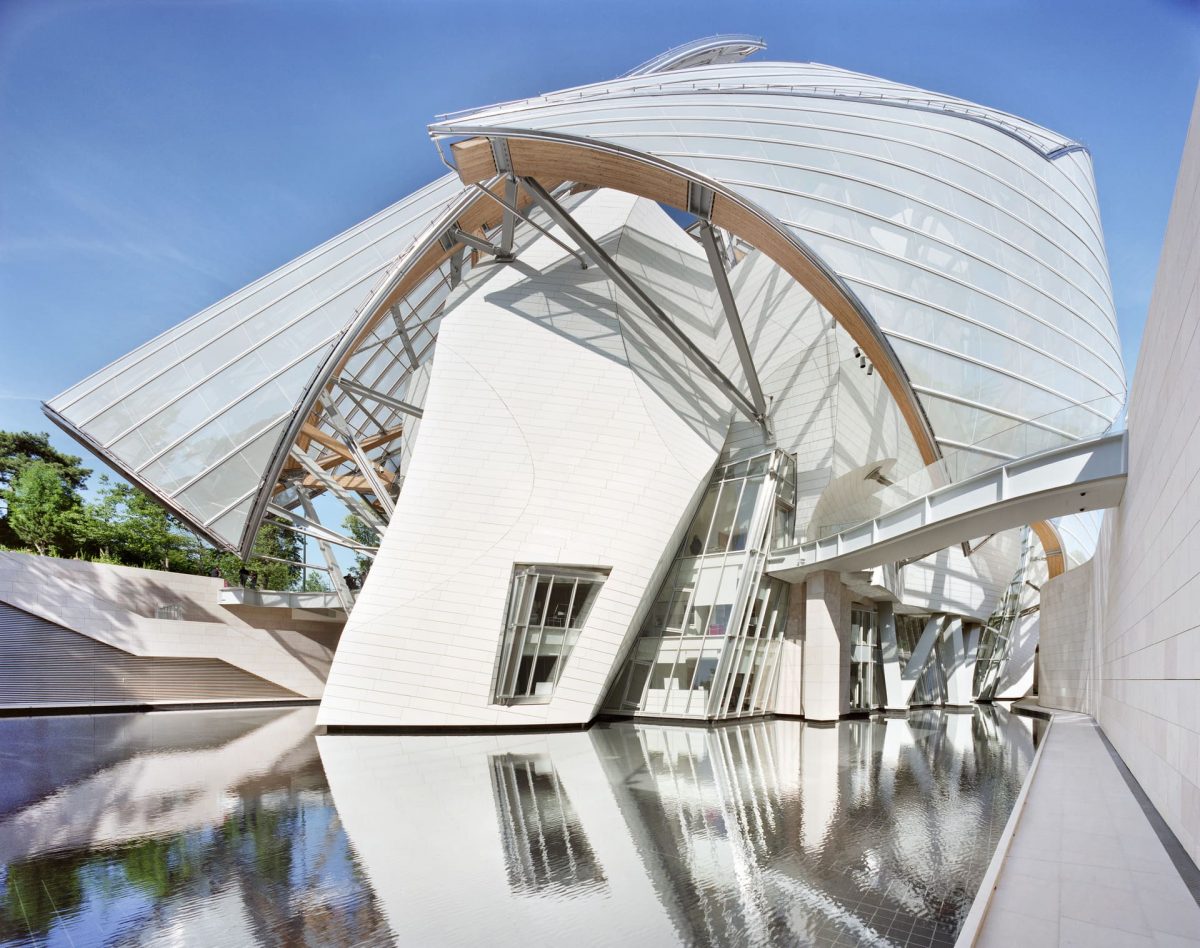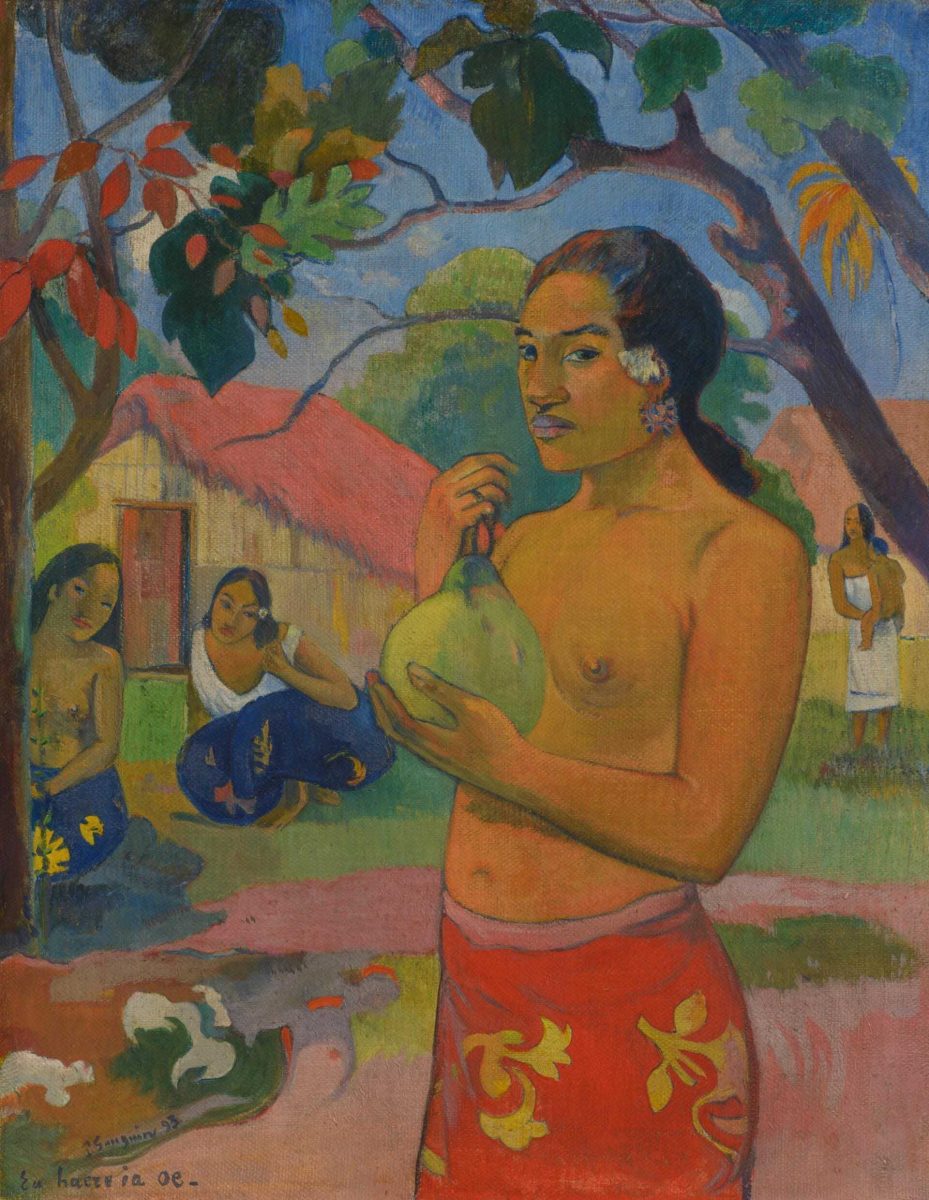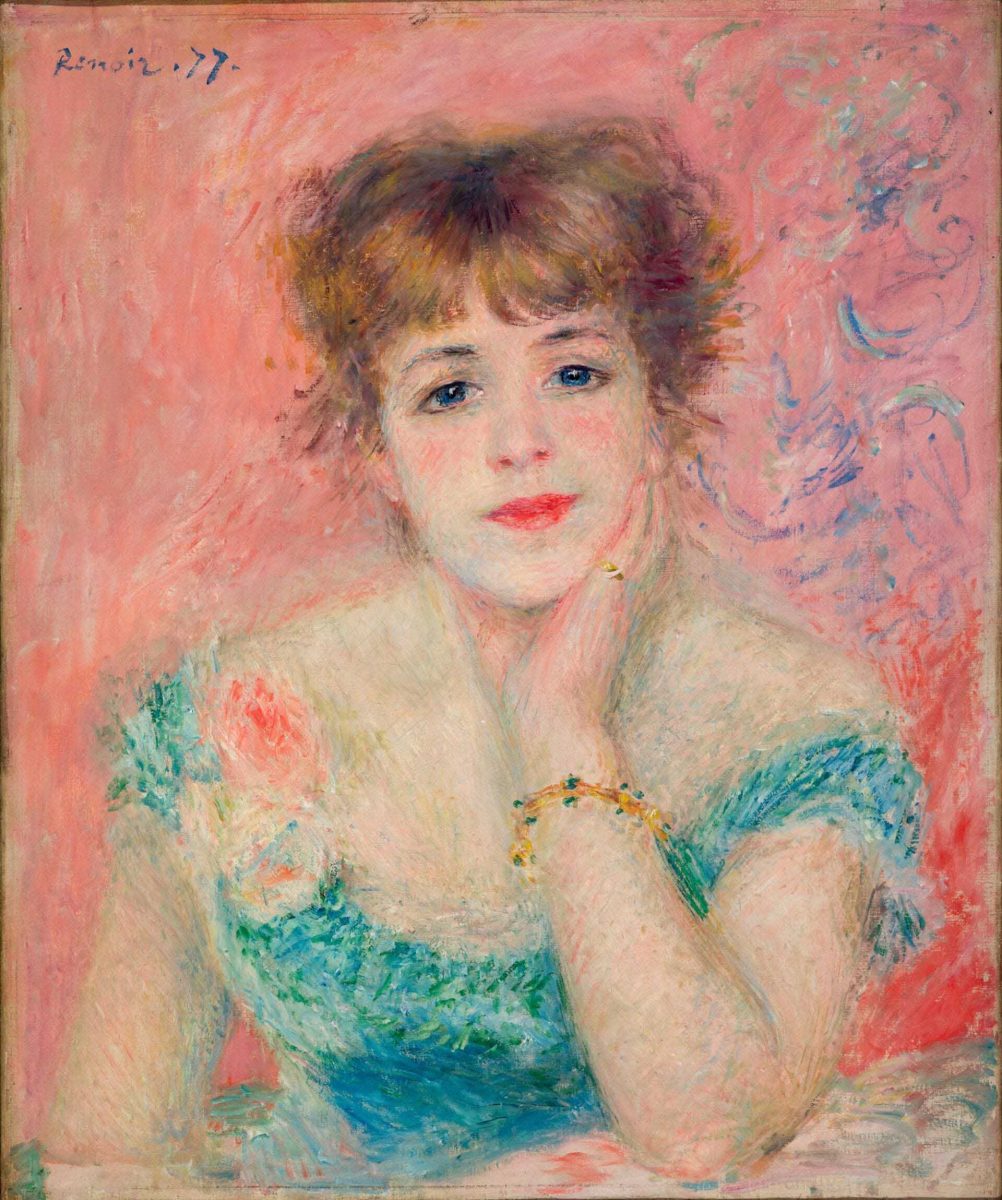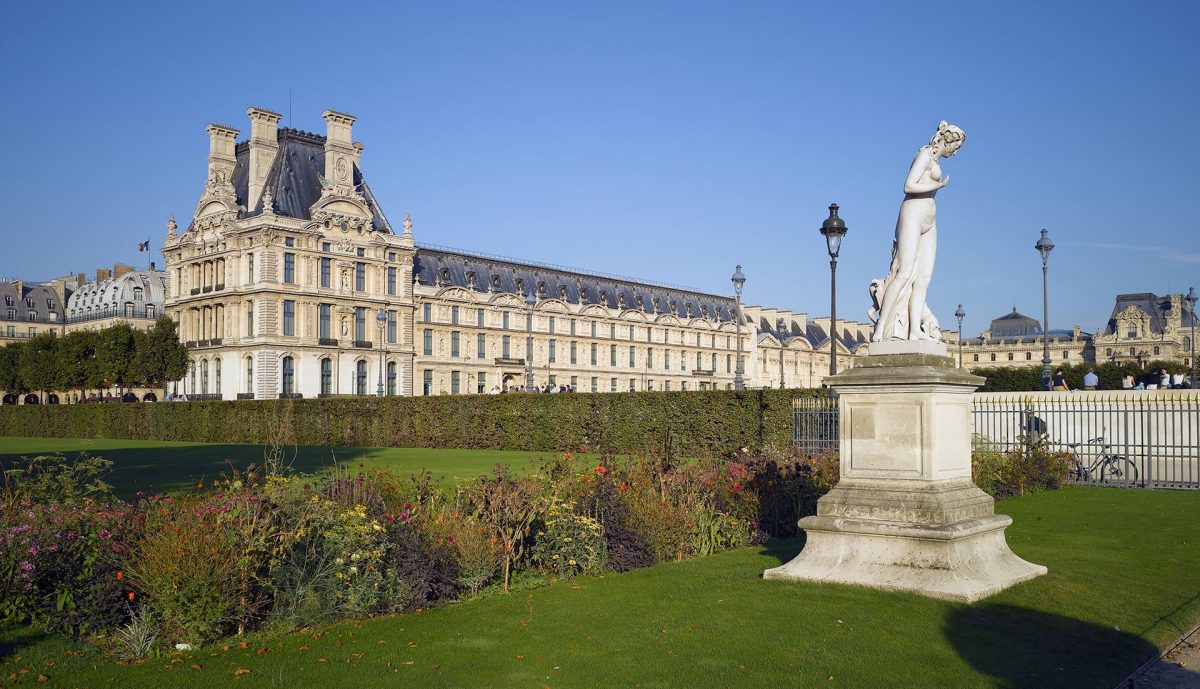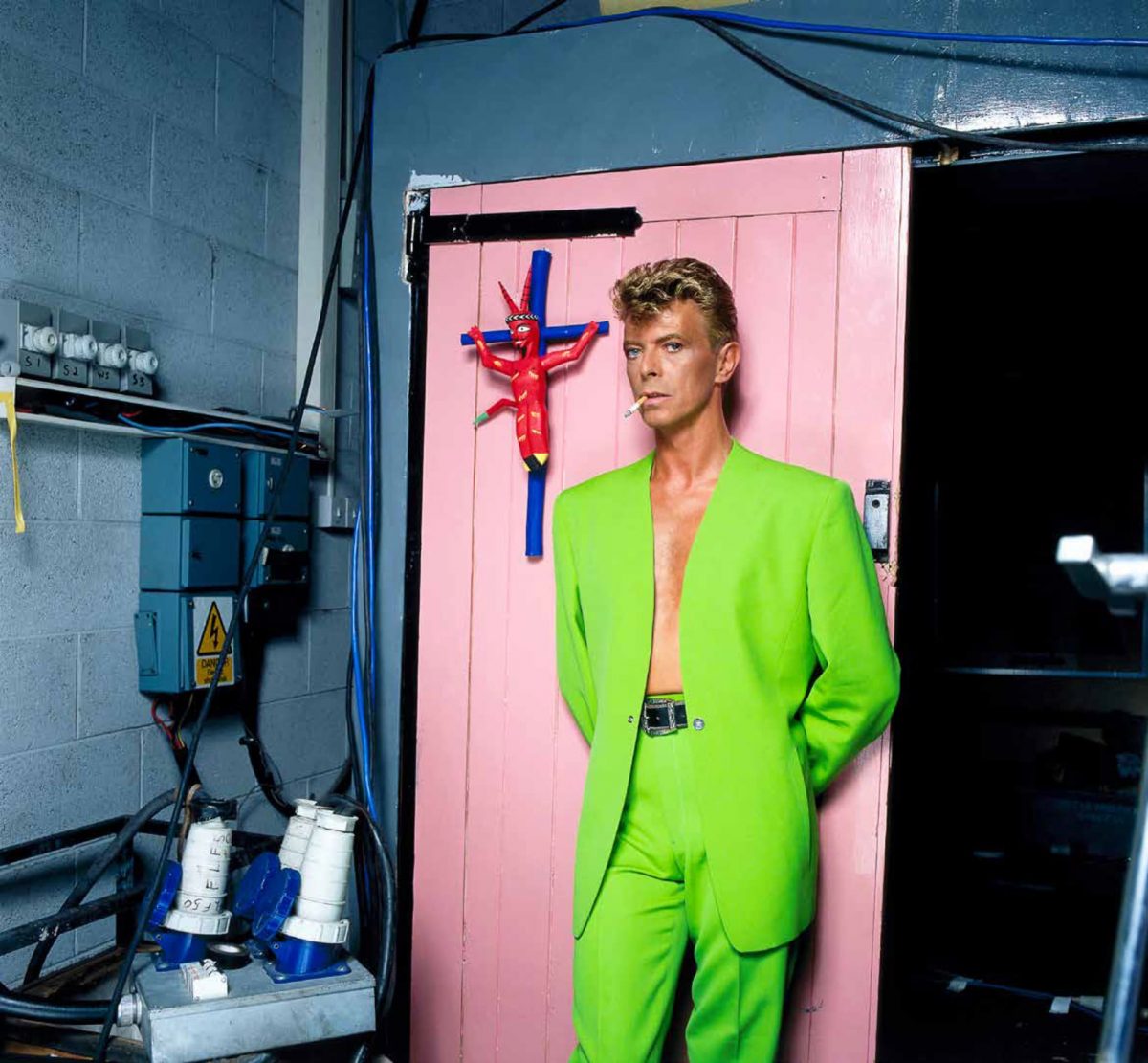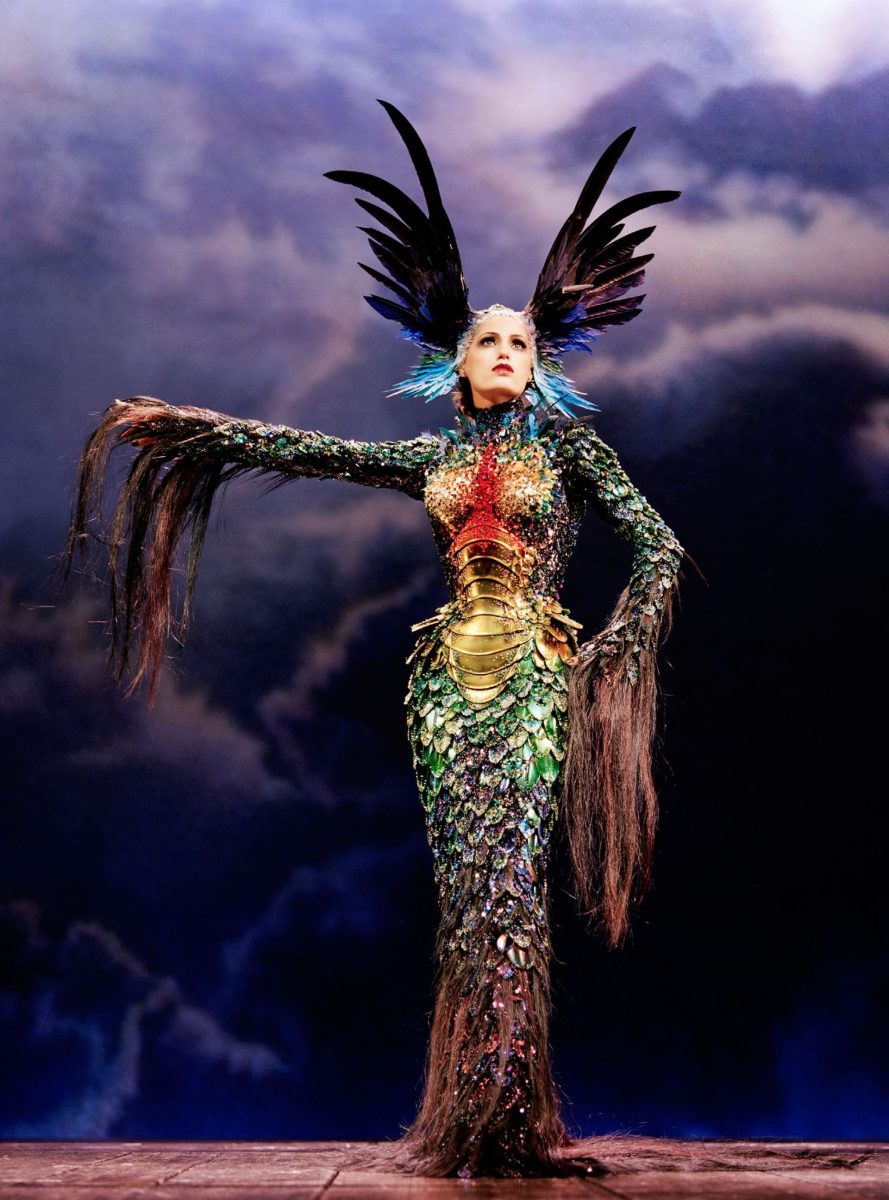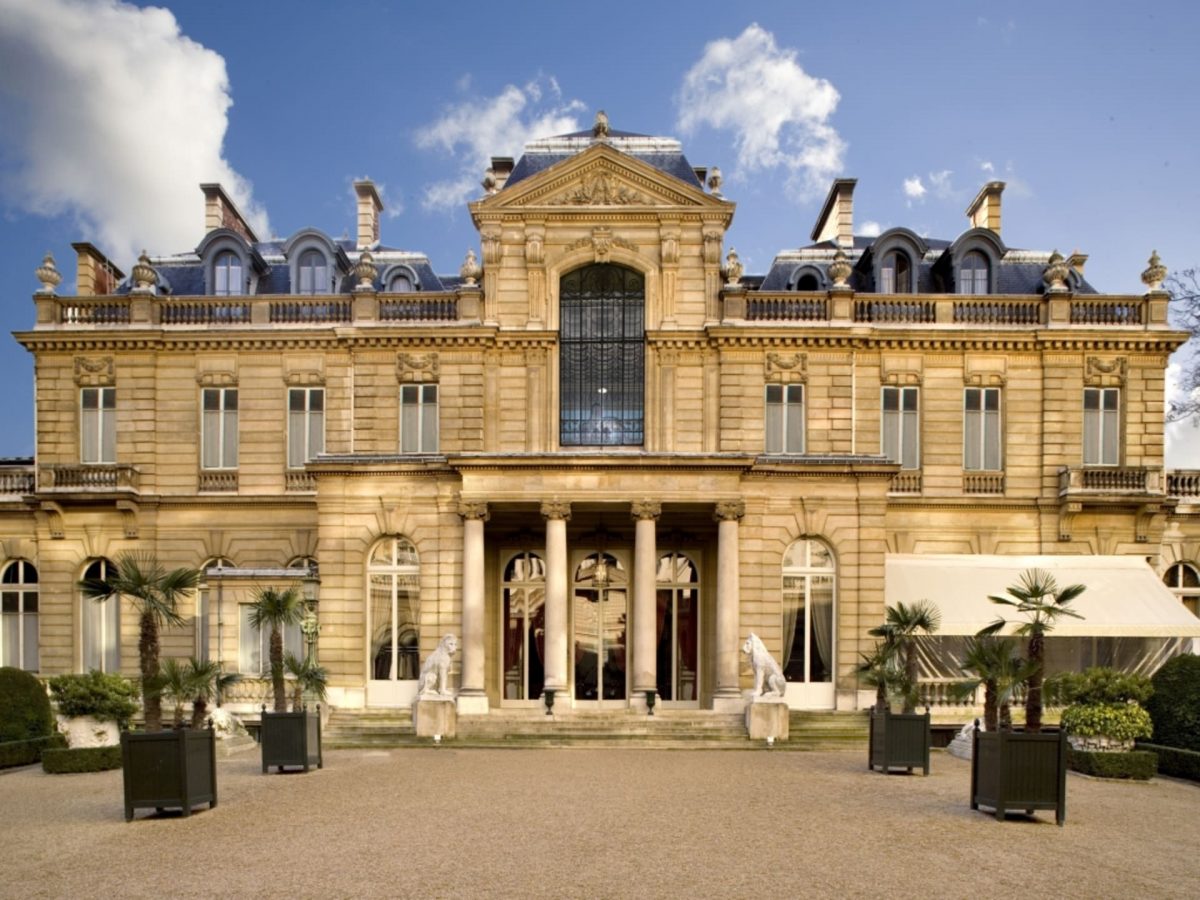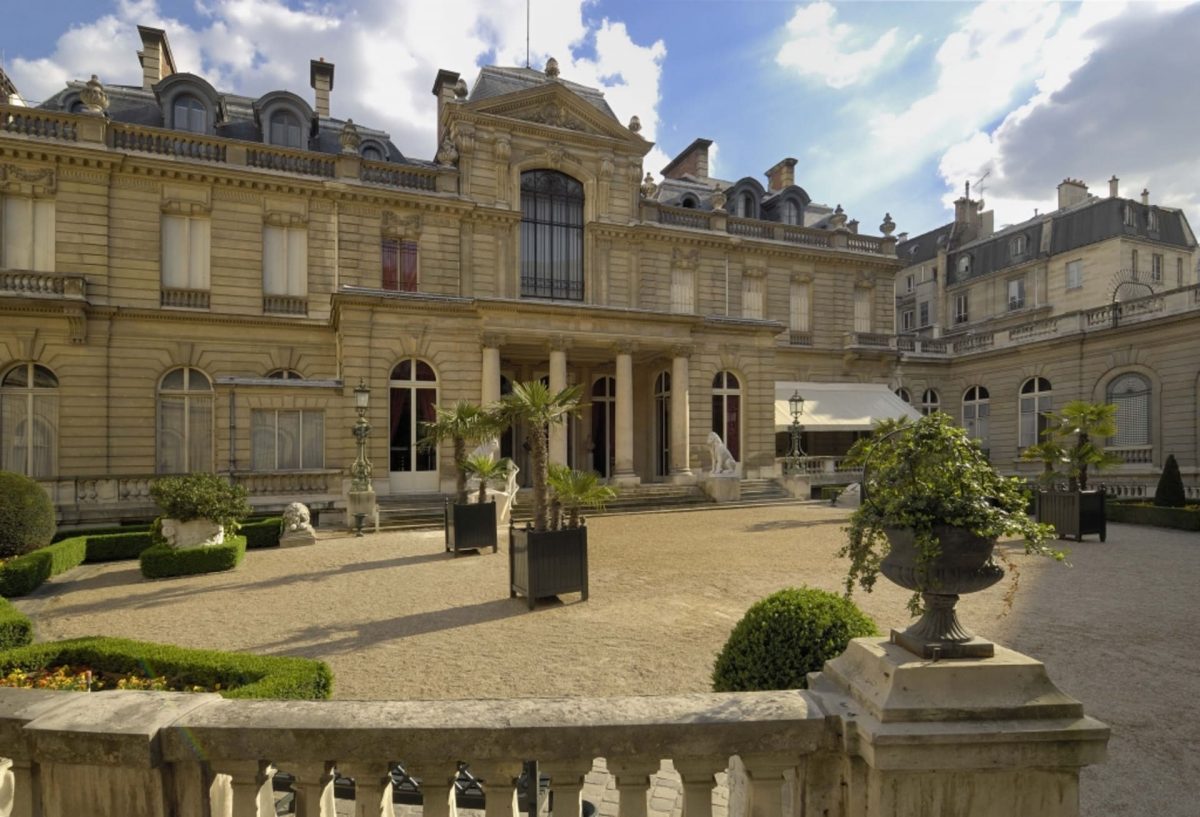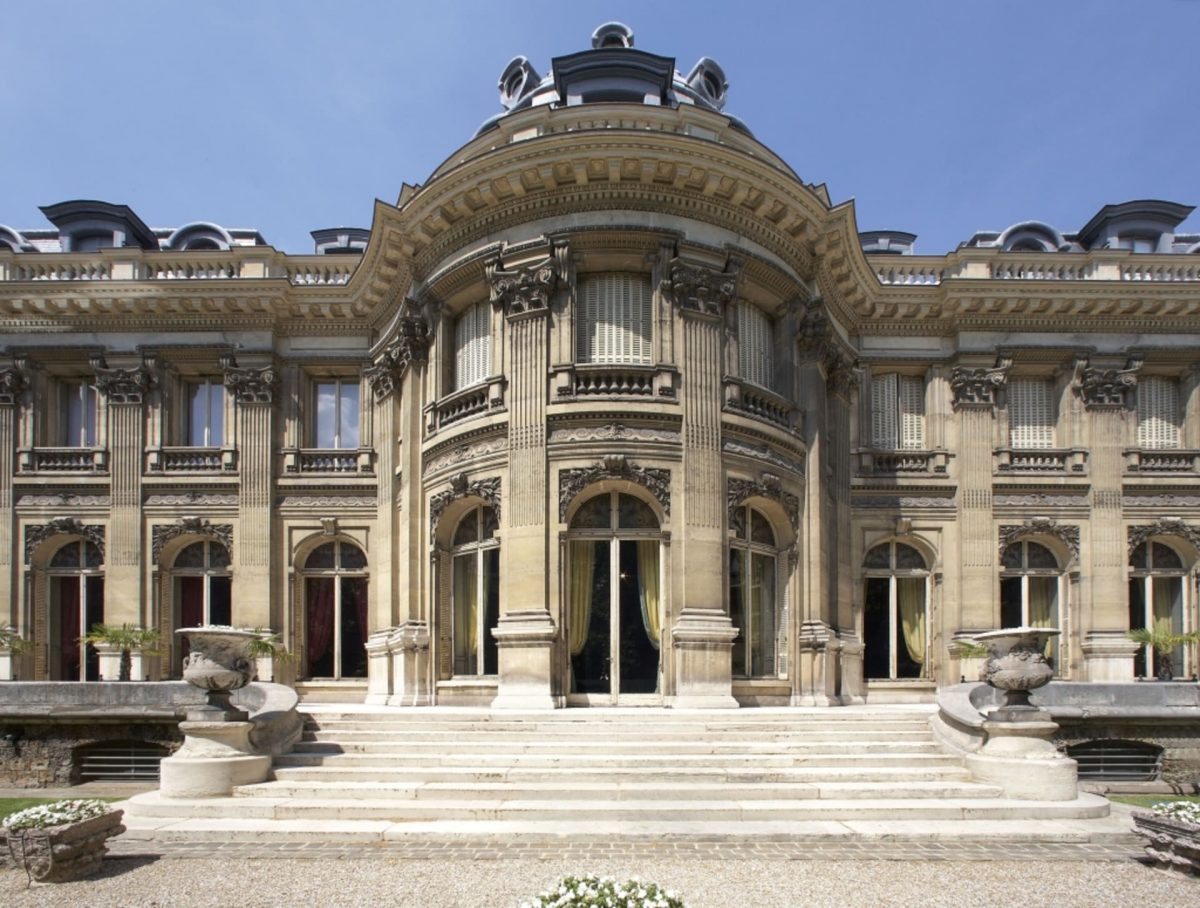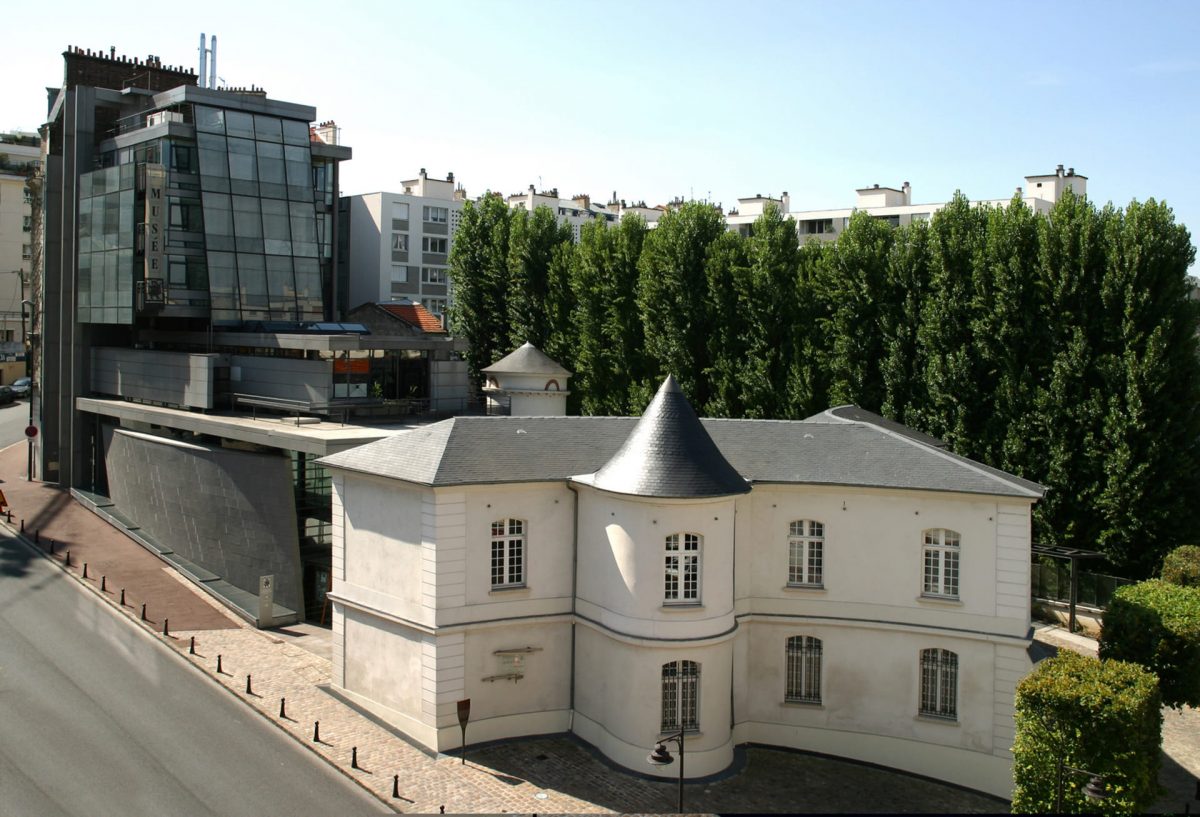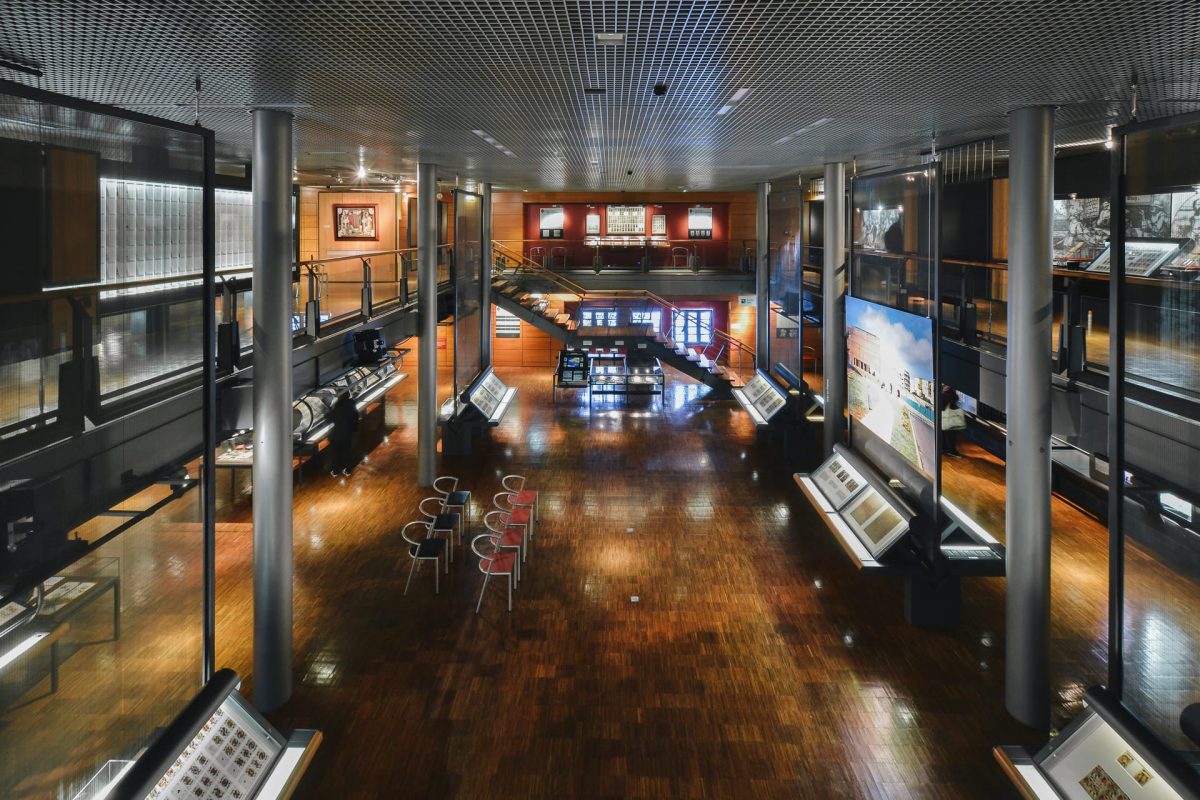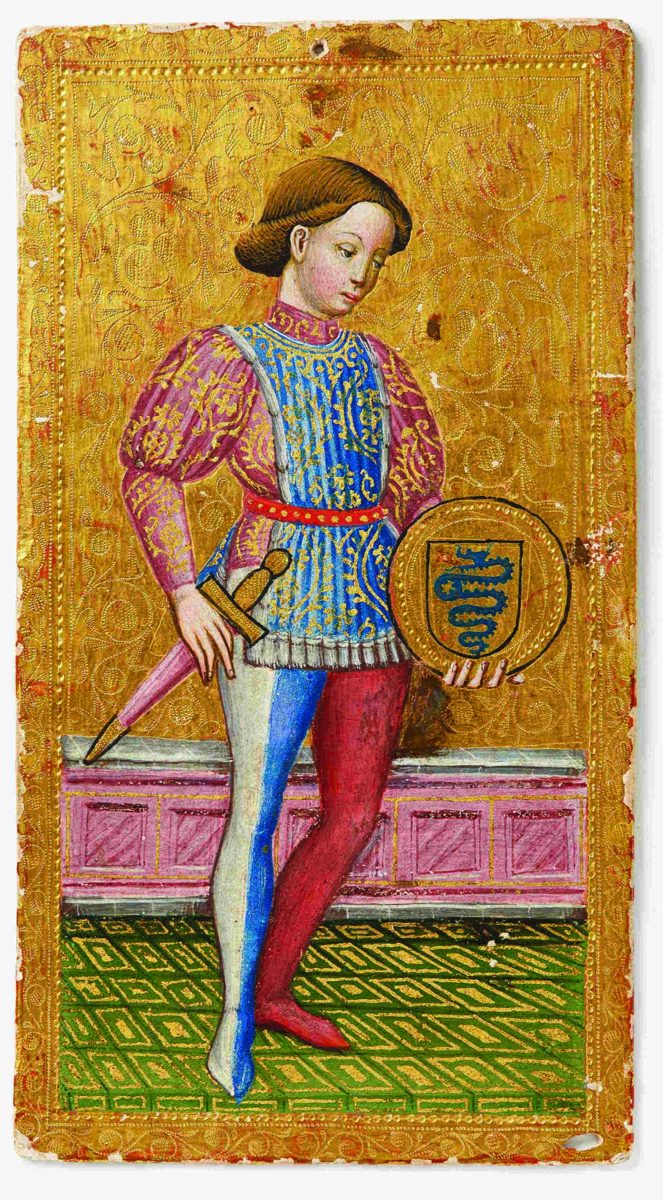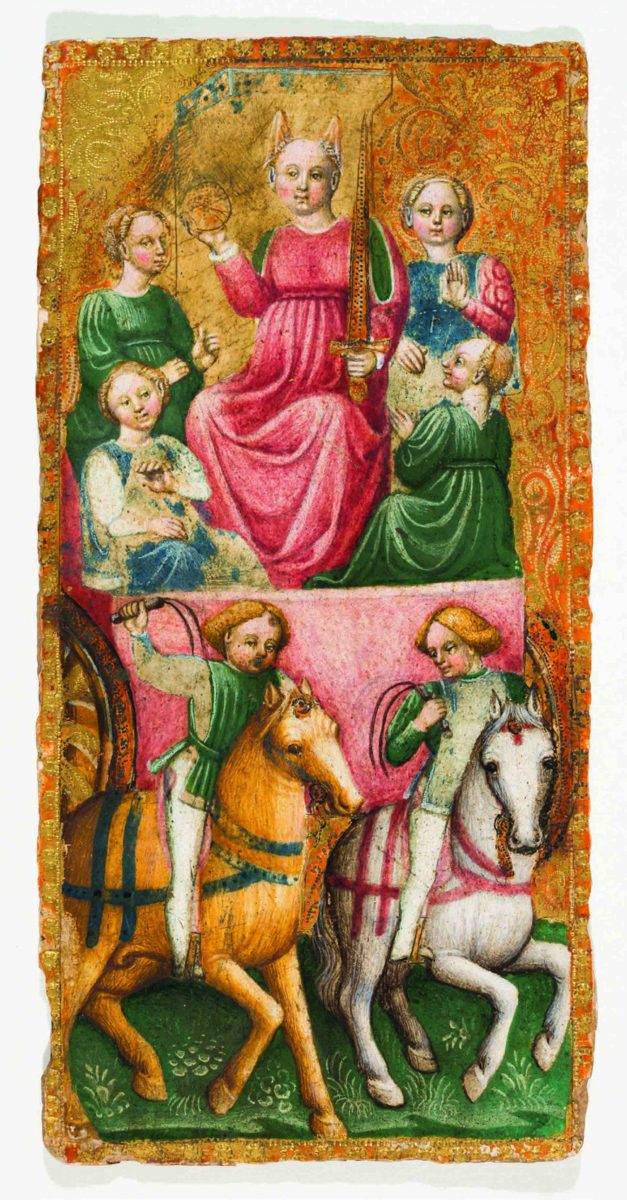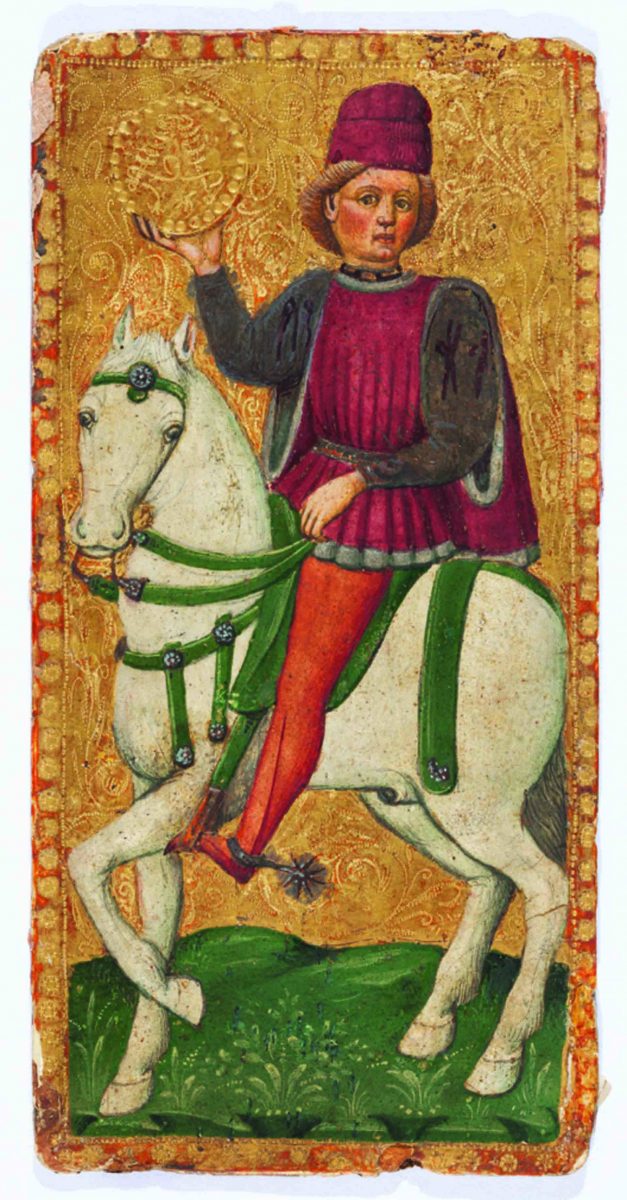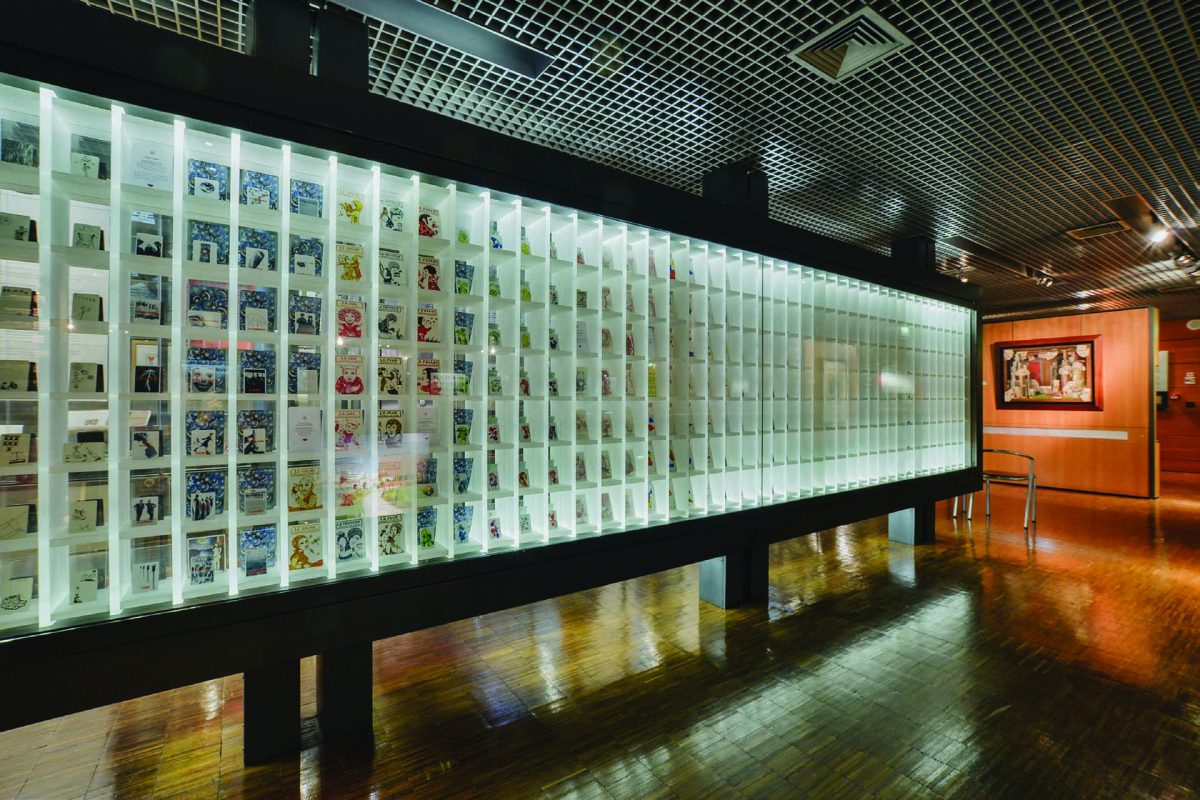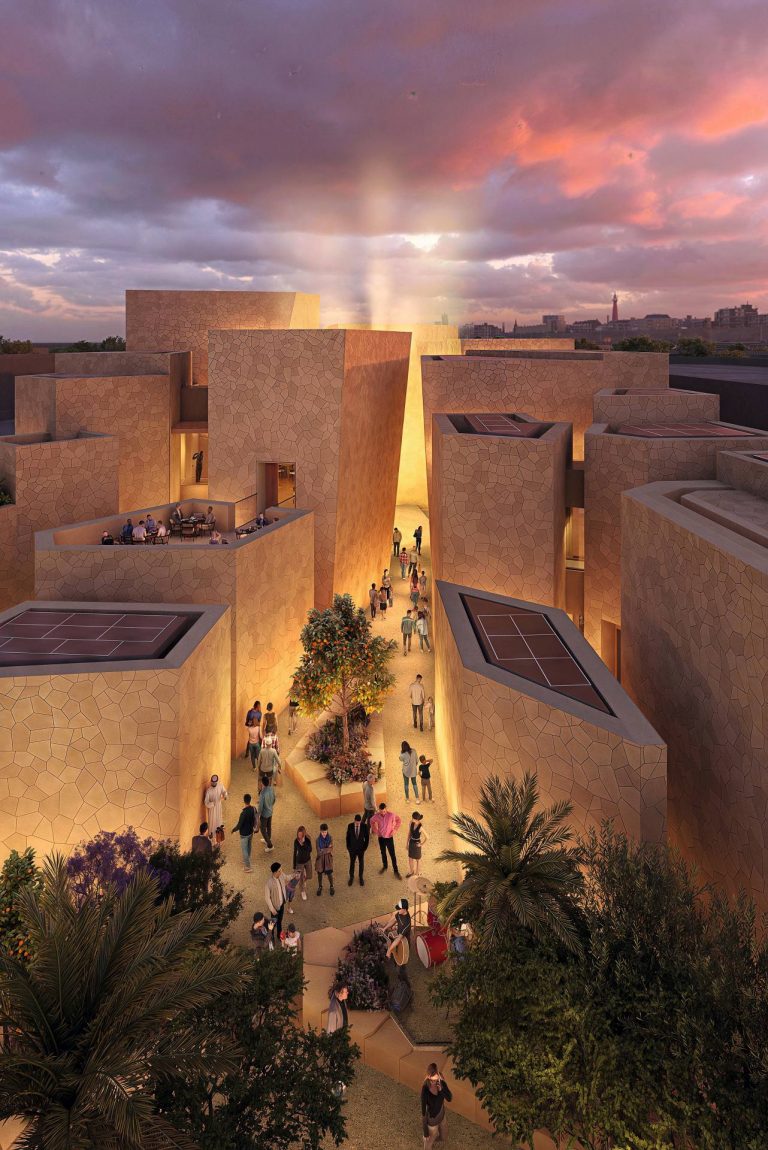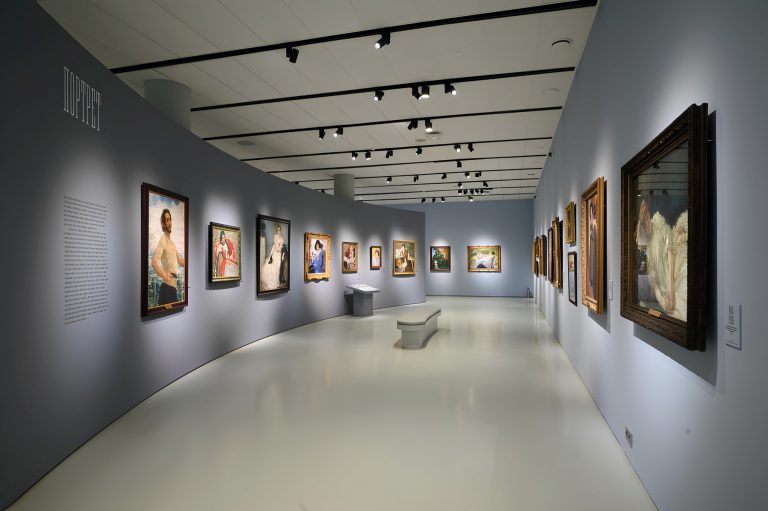In addition to the most famous and must-see, Paris has many wonderful museums that you may not have had time to get acquainted with. City World suggests starting with these four – they are currently hosting interesting exhibitions.
Louis Vuitton Foundation
The foundation building, designed by Frank Gehry next to the Climatic Garden of the Bois de Boulogne, opened in 2014. The architect added elements reminiscent of an old greenhouse to the huge glass sails that symbolize the ship.
France, carrying its culture around the world. As conceived by LVMH Group President Bernard Arnault (third on the Forbes 2021 list of the richest people in the world), this space “opens a dialogue with a large audience and offers artists and intellectuals a platform for discussion and reflection.” Collections of works by artists of the 20th and 21st centuries are built in four main areas – “Contemplative Art”, “Expression”, “Pop Art” and musical and sound art in the installations of Pierre Huig and Marina Abramović.
Exhibition “The Morozov Collection. Masterpieces of new art»
Until February 22, 2022
This is the second part of a project that began with the exceptionally successful show of the Shchukins’ collection here in 2016. The exhibition is organized by the Louis Vuitton Foundation, the State Hermitage, the Pushkin Museum im. A. S. Pushkin and the State Tretyakov Gallery. For the first time, 200 priceless masterpieces from the collection of Mikhail and Ivan Morozov were taken out of Russia. The holding of the exhibition became possible thanks to a personal agreement with the President of Russia with the participation of the Elysee Palace. “The Morozov brothers deeply felt the significance of the great changes in French and European art at the end of the 19th century… This indicates that there is clearly a European spirit in Russia,” French President Emmanuel Macron said at the opening of the exhibition. It will be interesting to compare the perception of the exhibition by viewers in Paris and in Moscow – at the end of May 2022, it will move to the Pushkin Museum im. A. S. Pushkin.
Musée des Arts Décoratifs
Located in a wing of the Louvre on Rue Rivoli, this privately owned museum invites you to immerse yourself in European art de vivre from the Middle Ages to the present day. The possibilities for this are almost limitless: the collection includes more than 160,000 items, of which 6,000 can be seen in the exhibition. These are entire interiors (such as the bedroom of a royal squire from the 15th century castle in Auvergne or the golden study from the Avignon mansion of the 17th century), and a collection of medieval tapestries , and porcelain from the French manufactories of Saint Cloud, Sevres, Chantilly, Menessy-Villeroy, Se, and the art of modernity, and the history of modern design in the works of Philippe Starck, Jean Dubuffet, Jean Prouvé, Shiro Kuramata, the Castiglioni brothers and Bouroullec. And also – rich collections of fashion and textiles, advertising and graphics. But they are available only during thematic exhibitions.
Exhibition “Thierry Mugler: Couturissime”
until April 24, 2022
The first retrospective exhibition of Thierry Mugler in Paris was brought by the Montreal Museum of Fine Arts, but the French perceive it as the return of the prodigal and frantic couturier, director, photographer and perfumer after 20 years to the city where he found his fame. The immersive exhibition includes more than 150 of Mugler’s works from 1973 to 2014, as well as photographs (he filmed commercials for his brand for decades), perfumes (some mannequins are scented with them), music videos (he directed George Michael’s Too Funky video), fembots and more. . “I can’t believe I did all this,” Mugler said at the opening of the exhibition.
Musée Jacquemart-André
The collections of one of the most beautiful museums in Paris live in their home – a former private mansion on Boulevard Haussmann in the 8th arrondissement. It was built by retired military man Edouard André (1833–1894), heir to one of the largest fortunes of the Second Empire. A passionate collector, he invests his inheritance in the acquisition of works of art, and now he has a place to display his treasures. A few years later he married the successful artist Nélie Jacquemart (1841–1912). The newlyweds united their collections and began to expand the now common collection. From travels in Europe, Turkey and Egypt, they brought 207 sculptures and 97 paintings. Another couple bought a seven-meter fresco painted by Tiepolo in 1745 in the Contarini Pisani Palace, near Padua. The deal caused a scandal, the press demanded a ban on the export of work from the country. Nevertheless, the fresco ended up in Paris and adorned the main staircase of the mansion.
After Edouard André’s death, Nély Jacquemart inherited her husband’s fortune and continued to expand the collection. She herself died 18 years later, in 1912, and, by a long-standing agreement with her husband, bequeathed all her property to the Institute of France. A year later, a museum was opened in the mansion, named after the spouses. Here, in the preserved interiors of a 19th-century bourgeois mansion, you can see their incredible collection, consisting, in particular, of the main works of the great masters of Flemish painting, French painting of the 18th century and masterpieces of the Italian Renaissance. Uccello, Donatello, Botticelli, Mantegna, Bellini, Carpaccio, Cima da Conegliano, Perugino, Bernini, Canaletto, Rembrandt, van Dyck, Frans Hals, Reynolds, Gainsborough, Fragonard, Boucher, Vigee-Lebrun, Chardin, Hubert Robert – all names are impossible transfer.
“Botticelli. Artist and designer”
Until January 24, 2022
About forty works by one of the greatest painters of the Italian Renaissance and some of the Florentines influenced by Botticelli (1445–1510). Don’t expect to see major works like “Spring” and “The Birth of Venus” – the retrospective is dedicated to the history of the development of the artist, starting with the studio of Filippo Lippi, where the young Botticelli painted his first Madonnas. His talent and business qualities would later attract the interest of the Medici, whose favor would help him become not only a famous artist, but also a successful entrepreneur. When he opens his own workshop in Florence, it will be a real laboratory of ideas and a commercial painting factory. Artistic flair helped Botticelli create unique creations and control the mass production of paintings by numerous assistants. The most prestigious collections in Europe, including the Vatican Museums, the Bargello National Museum, the Accademia Gallery in Florence and the Rijksmuseum Amsterdam, have presented works from their collections for the exhibition.
Musée Français de la Carte à Jouer
It is the only one in France and one of only seven museums of playing cards that exist in the world. There are more than 7,000 decks of cards, 1,000 prints, drawings, posters and more than a thousand items related to card games from different times and peoples. There is even a rare set of “card suits” created by Andre Derain for Diaghilev’s Russian Seasons. Received a European Prize in 1999, the Museum forms a single space with the gallery of the history of the city of Issy-les-Moulineaux, the northwestern suburbs of Paris. The museum is located in a modern six-story building, and the gallery is located in the historic entrance pavilion of the now defunct Issy castle, built at the beginning of the 13th century and owned by the princes of Conti. The castle was burned down during the Paris Commune of 1871. The ruins stood for another forty years, and then they were demolished. In addition to the entrance pavilion, another piece of the castle survived: shortly before the final demolition, Auguste Rodin managed to buy out the pediment of the facade and installed it in his garden at Villa Briand, next to Meudon. Here is now the Rodin Museum, and the sculptor himself is buried under a copy of The Thinker, installed right in front of this pediment.
Exhibition “Illuminated Tarot Cards – Masterpieces of the Italian Renaissance”
from December 15, 2021
to March 13, 2022
Hand-painted Italian Tarot cards (or Tarocchi, Italian: Tarocchi) have been fascinating connoisseurs and connoisseurs since their appearance in the 15th century with the quality of painting on a golden layer. The fashion for these luxurious cards arose among the aristocrats of Northern Italy, when in 1450 Bonifacio Bembo drew the first deck of 78 cards for the wife of the Duke of Milan Sforza. They were too good to play – the Sforza family simply enjoyed owning this beauty. Therefore, most of this deck is well preserved. Today they live in different collections – at the Morgan Museum in New York, with the heirs of Sforza, at the Carrara Academy in Bergamo. The Playing Card Museum is very proud of its Chariot, from a mid-15th century Milanese deck. Around her and two more “sisters” from the same deck (National Museum of Warsaw) and built an exhibition. In addition to other Milanese and Florentine Tarot, here you can see paintings, books and household items of that time from a dozen museums – the Louvre, the National Library of France, the Brera Pinacoteca, and museums in Sicily. There are 70 items in total. Illuminated tarot complete the picture of Italian Renaissance painting. And exhibits such as a miniature from Petrarch’s Triumphs, traditional painted birthing trays or richly illustrated books shed light on the historical context.
Photo: fondationlouisvuitton.fr, Luc Boegly/madparis.fr, Alan Strutt/madparis.fr, Recoura Christophe/musee-jacquemart-andre.com, musee-jacquemart-andre.com, предоставлено Musée Français de la Carte à Jouer, museecarteajouer.com, 123rf.com

